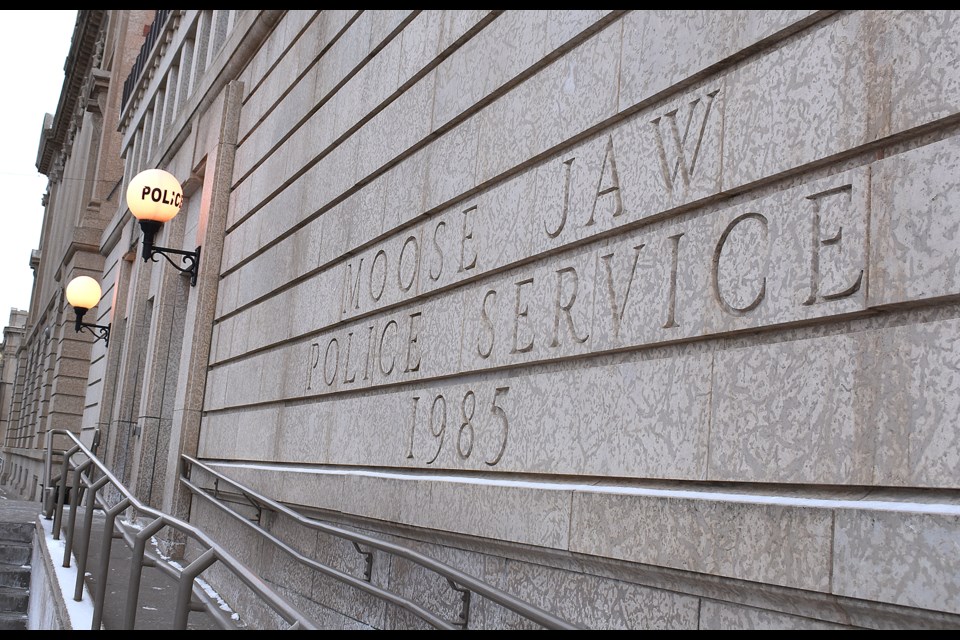If you are lost in a rural area or simply attempting to hide from police, the Moose Jaw Police Service (MJPS) now has new technology to find you either way.
After more than two years of research and training, Const. Todd Booth is now certified to operate an unmanned aerial vehicle (UAV) in commercial and police settings. Three other officers have also begun the training process and are preparing for exams to acquire certification.
Booth has conducted several practice flights and has already deployed the UAV for policing purposes.
“The technology has advanced so far that it is an incredible tool for us to use,” he told the Express, “and the operational ease is so much better than what it was when it first came out.”
Including a UAV for police work is different for Booth, whose background is in technical collision investigations. However, using a drone is now an extension of that work since the machine can acquire an aerial view of a crime or accident scene, he said. This makes it easier to describe what a scene looked like to a court or judge.
Booth gave a presentation about the MJPS’s remotely piloted aircraft systems (RPAS) during the Board of Police Commissioners’ Aug. 11 meeting.
History
The board expressed interest in UAV technology in 2017 and recommended that police research using UAVs to support their activities, Booth explained. He presented a business plan in February 2018, which prompted board members to approve the creation of an RPAS system.
“Due to the commercial, evidentiary, and tactical nature UAVs are used for in policing, considerations of the type of UAVs purchased was taken into account,” a report to the board said, “including, but not limited to, the ability to operate in cold temperatures and high winds, flight time between battery charges, and attached equipment such as thermal infrared imaging allowing for night vision.”
The first members of the MJPS and Moose Jaw Search and Rescue completed pilot ground school in September 2018. The police service then ordered and received the first RPAS in March 2019, Booth said. However, Transport Canada changed the rules that June and required all RPAS pilots to have basic and advanced certification licences.
Booth received his basic pilot certificate in August 2019 and then his advanced pilot certification in March 2020.
New technology
In May, the MJPS received the Matrice M300 RTK, the newest and most weather-capable RPAS from DJI Enterprise Dual. It can operate in -20 C weather, can withstand winds over 50 kilometres per hour, can handle rain and dust while in the air, weighs 3.6 kilograms unloaded and can handle a payload up to nine kilograms.
Other UAVs the police service has purchased include the Mavic Dual, which is 899 grams in weight and used for fast deployment, and the Mavic Mini, which weighs 249 grams and is used for training.
Booth used the Mavic Mini during test flights this past February when the temperature was nine degrees Celsius, he said. The Moose Jaw Radio Control Aircraft Club allowed the MJPS to use its field since the topography is suitable for training.
Meanwhile, in July, Booth tested the M300 RTK UAV while training with Moose Jaw Search and Rescue in River Park, including its camera’s zoom and thermal imaging features. Police can use thermal imaging when searching in the dark for people who are injured or hiding. The pictures the UAV takes can also be stitched together and used in court.
Since the UAV’s camera has a wide-angle and zoom, Booth used the device to acquire information during the recent train derailment. This was helpful, said deputy police Chief Rick Johns, since police and firefighters could see what had spilled and whether they were dealing with hazardous materials.
The next Board of Police Commissioners’ meeting is Tuesday, Sept. 15.




